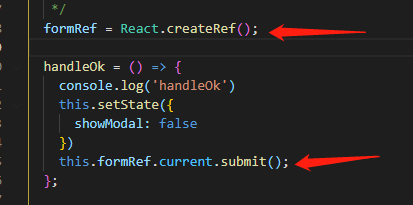So in JavaScript, 111111111111111111111 == 111111111111111110000. Just type any long number – at least about 17 digits – to see it in action ;-)
That is because JavaScript uses double-precision floating-point numbers, and certain very long numeric literals can not be expressed accurately. Instead, those numbers get rounded to the nearest representable number possible. See e.g. What is JavaScript's highest integer value that a Number can go to without losing precision?
However, doing the math according to IEEE-754, I found out that every number inside [111111111111111106560, 111111111111111122944] will be replaced by 111111111111111114752 internally. But instead of showing this ...4752 number, it gets displayed as 111111111111111110000. So JavaScript is showing those trailing zeros which obfuscates the real behavior. This is especially annoying because even numbers like 263, which are accurately representable, get "rounded" as described.
So my question is: Why does JavaScript behave like this when displaying the number?





